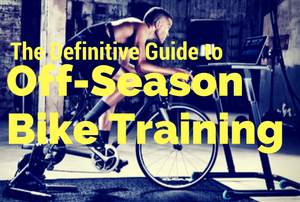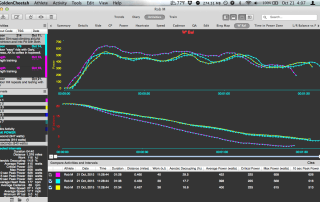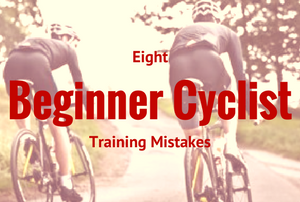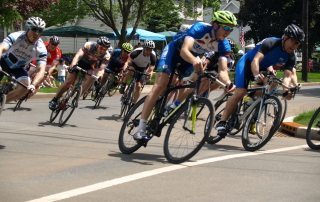Using Quadrant Analysis to Improve Your Bike Training
Quadrant analysis is a tool that can be found in many power analysis software packages. Programs like Golden Cheetah, Training Peaks and WKO+ offer quadrant analysis features. Learning how to read a quadrant analysis plot can teach you a lot about your training, racing and riding. Above and beyond functional threshold power, watts per kilogram and training stress score, the quadrant analysis is probably one of the most valuable charts you can find.
It allows you to see a snapshot of what kinds of efforts went into your performance. Then you can look at your training data and see if it matches up with your goal races and performance data. It doesn't come easy though: it takes some time to understand the QA plot and how to use it. Once you get it, it becomes a powerful tool in the arsenal of helping you understand your fitness.
Check out these tips to help you get the most out of your quadrant analysis plot and make your training more effective.





